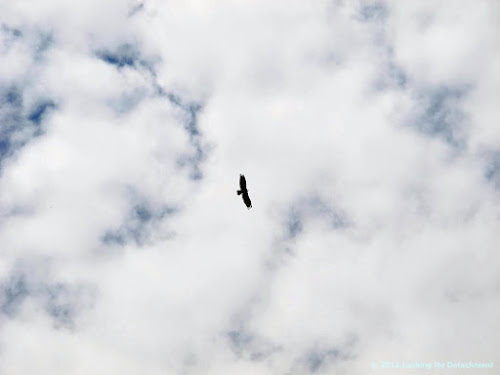
"Distinct, not extinct."
Icky is one of my ultimate favorites — especially for a local, often on-tap beer (on tap at least as far east as Winnemucca, NV) — competing quite nicely with all my other favorite local, Alaskan, and IPA brews. (Okay, so the last two are Alaskan.)

"A brew more than 200 million years in the making."
 "You better hold on tight. This is one tough species."
"You better hold on tight. This is one tough species."
 "PROTECT THE SPECIES. Enjoy a long-necked Ichthyosaur today."
"PROTECT THE SPECIES. Enjoy a long-necked Ichthyosaur today."
and
"Do as the locals do - say "GIMME AN ICKY".
 "A highly evolved brew."
"A highly evolved brew."
 "Savor the pioneering spirit of the Great Basin."
"Savor the pioneering spirit of the Great Basin."
 "Named after Nevada's official state fossil."
"Named after Nevada's official state fossil."
 "You better hold on tight. This is one tough species."
"You better hold on tight. This is one tough species." "PROTECT THE SPECIES. Enjoy a long-necked Ichthyosaur today."
"PROTECT THE SPECIES. Enjoy a long-necked Ichthyosaur today." and
"Do as the locals do - say "GIMME AN ICKY".
 "A highly evolved brew."
"A highly evolved brew." "Savor the pioneering spirit of the Great Basin."
"Savor the pioneering spirit of the Great Basin." "Named after Nevada's official state fossil."
"Named after Nevada's official state fossil."Great Basin Brewing Co.
Icky IPA
UPDATE: See Accretionary Wedge #54 for more interesting posts about beer and other libations.

































